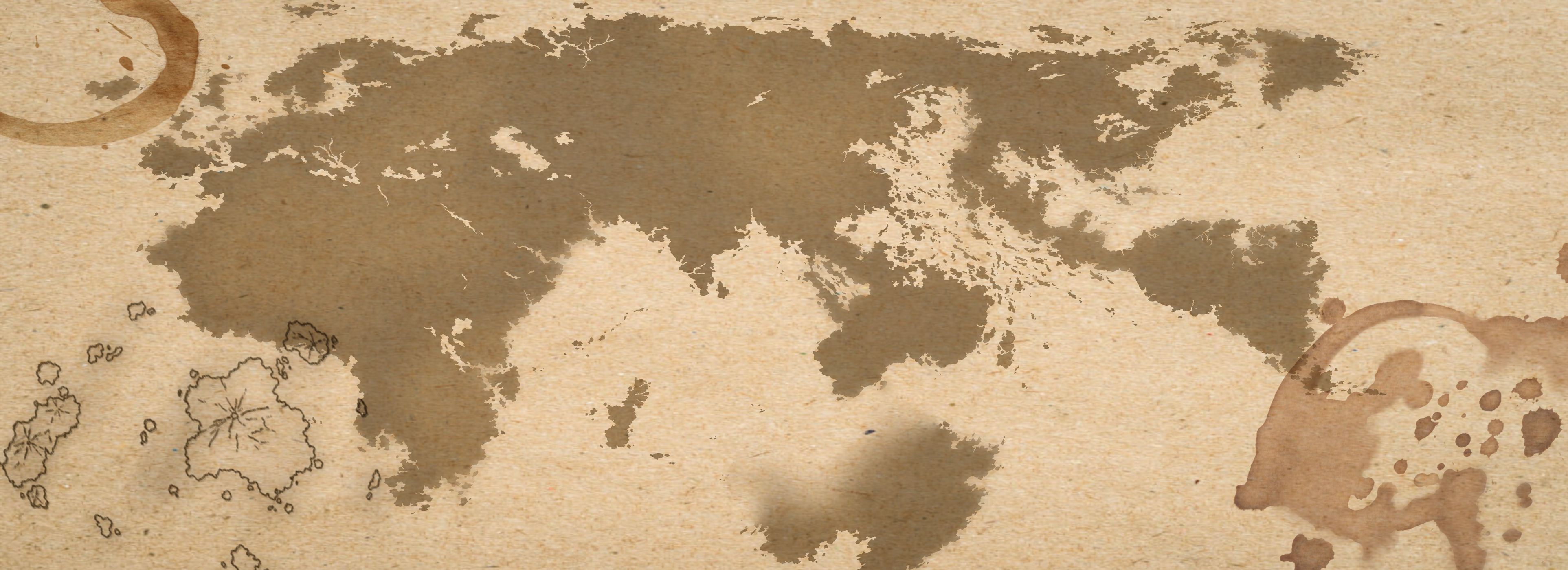Unalaska 364
History
The Unalaska 364 is a race across the Pacific Ocean from the Unalaska Islands performed in mid-winter each year, started from a search and rescue operation that occurred in 11,890. Due to intense winter storms, a cargo ship became lost at sea and had begun taking on water due to damage from sea ice, making repeated distress calls. Coast Guard ships that ordinarily would have answered the distress calls were unable to due to sea ice impaction, and the nearest ice breaker ship was too far and too slow to reach the sinking ship in time. By pure chance, due to the storms, a Dragonback Racing team was on Unalaska Island after their riders' layover flight to Anchorage had been grounded due to poor visibility and icy runways.
What followed has largely been mythologized as the dragonback racers working in tandem with local ships to break the ice with dragonflame, allowing rescue to go under way. Although it is not likely historically true, it is said that the dragons flew ahead of the ships with their racing partners on board guiding them via radio signals and flares, as the dragons were used to flying with zero visibility due to the sport. This rescue effort took place over 364 miles and back to Unalaska Island, successfully rescuing 284 crewmen. Unfortunately, 64 were lost due to the sinking, and a further 32 died due to hypothermia and frostbite, with 4 dragon racers suffering extreme damage to their wings and having to retire due to health complications.
In the modern day, the race is done yearly to commemorate the rescue similar and oftentimes compared to the Iditarod and Serum Relay.
Execution
Although not performed in such brutal conditions as the original rescue, the Unalaska 364 still takes place in mid-winter during extremely harsh conditions. Windchill, sudden storms, and performing the race over the open ocean, temperatures regularly are below -100 degrees F, occasionally dropping even lower during the night. Due to this, tracks are planned well in advance with large decommissioned aircraft carriers along the route to allow racers to land, rest, and seek medical attention as frostbite is extremely common.
As a relay, the race is performed by groups of teams that will rotate out at highly rehearsed and practiced points, allowing the most experienced racers and boat crewmen to undergo the harshest portions of the race. The mock rescue portion, during which racers must retrieve dummies of shipwreck 'survivors' from the water and safely transport them onto mock rescue vessels, is widely considered to be the most hazardous due to clusters of nearby ships, observers, and risk of collision with other teams. Points are heavily docked for any damaged, lost, or destroyed dummies or damage to any ships.
At this point, further racers are to carry back their 'rescuees', and this portion of the race is considered the easiest but also that having the most glory, as the one to cross the finish line in Unalaska is symbolically the winner for their entire team and generally the one most interviewed. Usually this role is given to upcoming racers and younger individuals well on their way to lifelong careers in the circuit.
Controversy
The vast majority of Dragonback Racing circuits forbid taking part in the Unalaska 364 due to is hazards and risk of injury to racers. Even in the original rescue, multiple dragons faced lifelong disfigurement due to frostbite damage to their wings, eyes, and faces that required numerous surgeries, and the same injuries are not uncommon in ill-prepared racers today. As the sport is mainly local, these regulations by dragonback circuits and committees are oftentimes ignored, mocked, or even challenged by racers themselves. The sport is also routinely criticized and protested by the Lunar Dragonflight, that similar to other sports where dragons work in tandem with mortals, they oftentimes claim is to the detriment of all dragons' honor and pride. This stance is however, generally mocked by the greater public.
Primary Related Location



Comments